Challenge 10.3
How can technology help improve the monitoring and protection of seabirds in various environments, focussing initially on the challenge of monitoring puffins above and below ground?
Challenge Sponsors: The National Trust for Scotland, NatureScot, Oxford Brookes University and Seabird Watch
CivTech is a Scottish Government programme that brings the public, private and third sectors together to build things that make people’s lives better. We take Challenges faced by government departments, public sector organisations and charities, and invite anyone with a brilliant idea to work hand-in-hand with us to create the solution.
Challenge summary
You would think that with a bird as iconic as the puffin, we would know how many of them we have in the UK and how successful a breeding colony is in any year. Yet, of all the seabirds we are internationally responsible for, the puffin is one of the hardest to count because they breed in burrows underground. Traditional methods are either extremely labour intensive, with specialised fieldworkers required for counts, or can only give us an indication of how many puffins there are on land or on sea. It is also hard to tell how successfully they are managing to breed.
Key information for applicants
Please note: you must apply for this Challenge via Public Contracts Scotland
Launch date
30 July 2024
Closing date
Midday, 10 September 2024
Exploration Stage interviews
7 October 2024
Exploration Stage
11 to 29 November 2024
Accelerator interviews
4 December 2024
Accelerator Stage
20 January 2025 to 2 May 2025
Maximum contract value
£650,000
Q&A session
A live Q&A session was held with the Challenge Sponsor team on 8 August 2024. A recording of the session can be viewed below or by clicking here.
Why does this Challenge need to be solved?
Perhaps another surprise for a species so loved is that puffins are highly threatened and are now sadly classed as vulnerable to global extinction. We need to understand how their numbers are changing if we are to find ways to support their population.
As they spend most of their life at sea and feed at the top of the food chain, puffins are a great indicator species for the wider health of the marine environment, including biodiversity loss, change in fish populations, and biosecurity issues (the presence of non-native predators on seabird islands) affecting species within their ecosystem. Our current understanding is that some puffin colonies are declining and others may be increasing, but the reasons are not yet understood.
Three key questions should be considered:
How many puffins are there in a colony?
How successful are puffins at breeding in a sample of nests in a colony?
What is the timing of arrival and departure of puffins from a colony?
This information is critical for puffin conservation and can inform assessments made in the offshore wind farm sector, both at the pre-application survey stage and at the post-consent monitoring stage, which is a legal requirement of the assessment of protected areas. The work will also support end-users, such as Statutory Nature Conservation Bodies and other reserve managers, with site condition monitoring and other monitoring and biodiversity conservation programmes.
In finding solutions to the above key questions there is also a wider applicability to this challenge. The techniques used to solve the ‘puffin problem’ can apply to many other burrow-nesting animals, as well as being able to be used to check for presence of harmful invasive species in colonies. Also, designing technological methods that work in puffin colonies, many of which are literally on the edge of the world and have harsh weather and difficult access, may lead to advancement more generally in using technology in other harsh environments.
How will we know the Challenge has been solved?
We hope to get to a place where puffins are better looked after. This would mean that relevant organisations who look after puffins would no longer lack data on population counts and breeding success from most colonies, and even inaccessible colonies could be monitored. We would be able to track the numbers of puffins in multiple colonies every year or every couple of years. We would even be able to measure the breeding success, ie how many pufflings make it in a breeding season and fledge from the colony to start their lives at sea.
Critical to this problem is finding a way to measure if there is a puffin in the burrows which form a puffin colony, and are the place where puffin eggs are laid. The fact that these burrows, which look a little like rabbit burrows, are underground, makes this a real challenge. The solution we developed would need to be able to be sure that it was indeed a puffin that was being counted, and not another seabird species, or even perhaps an invasive animal such as a rat.
Filling these knowledge gaps will allow researchers, practitioners and policymakers to better assess the health and trends of burrowing seabird colonies, in particular Atlantic puffins, over time. Furthermore, completing the challenge should allow us to better understand the relationship between individual burrow counts and birds at sea and land counts. Through this process, the cost of assessing burrow nester populations will be significantly reduced both in term of staff time and financial resources (e.g., boat trips, expert staff time). This reduction in cost to monitor burrowing seabirds like puffins will allow experts to set up an annual or biannual monitoring systems across an increased numbers of sites across the UK, including colonies that we have historically not be able to monitor consistently or at all. With this added knowledge, seabird conservation will be more responsive to emerging threats.
Who are the end users likely to be?
This challenge benefits everyone because puffins belong to everyone. There are several organisations and bodies who would directly benefit from this innovation and these are:
The Seabird Monitoring Programme (SMP - yearly breeding monitoring programme)
Statutory Nature Conservation Bodies (e.g. NatureScot)
Academics (e.g. Seabird Watch)
Relevant public & third sector bodies (e.g. RSPB, NTS)
Industry (e.g. offshore energy, fisheries, tour operators etc.)
Managers of protected sites
Education sector – potential for citizen science angle
Has the Challenge Sponsor attempted to solve this problem before?
Over the years, multiple methods have been used to attempt to solve this problem including:
Use of video analysis and AI to follow numbers of puffins on land – but this doesn’t give us the number breeding in burrows so doesn’t accurately reflect the breeding population which is the key metric.
Acoustic monitoring (this hasn’t yet been done for puffins but has been tried for other species such as storm petrels)
Mini-sonars have been looked at to detect an object below ground.
Burrow scopes have been used for many years but are currently labour intensive.
Time lapse and motion cameras
Not tried in relation to puffin burrows but other remote environments have used networks using low powered technology and sensors such as LoRaWAN networks linked to sensors
Drone technology linked with thermal imagers has been tried overseas in one species to sense underground animals but has not been attempted with puffins
Unfortunately, none of the attempted solutions have effectively managed to monitor puffins at scale either above and/or below ground. The previous technologies have either not worked well in remote environments or been labour intensive, requiring highly specialist fieldworkers and rendering the task impossible.
Are there any interdependencies or blockers?
The remoteness of the environments is key – any solution must be able to work in offshore islands. Just as important, we cannot disturb breeding birds with our solution.
Will a solution need to integrate with any existing systems / equipment?
One of the existing databases to integrate with is the Seabird Monitoring Program (SMP) database. Originally launched by the British Trust for Ornithology (BTO), Royal Society for the Protection of Birds (RSPB) and Joint Nature Conservation Committee (JNCC) in 1986, the long-term program monitors 25 breeding seabird species yearly throughout the UK (including the Isle of Man and the Channel Islands). This dataset feeds into the UK and Ireland breeding seabird censuses and inform the UK’s conservation policy and conservation management strategy.
Any technologies or features the Challenge Sponsor wishes to explore or avoid?
CivTech is tech agnostic. As long as the proposed solution offers the opportunity to solve the Challenge in question, we will consider it.
That said, any proposed solution must be capable of integrating with existing systems as required by the specific Challenge and its Challenge Sponsor, and if appropriate be compatible with current and developing Scottish Government infrastructure.
Much is currently being made of the potential of advanced AI. In truth, just about all the products CivTech has developed over the past few years have AI as part of the tech stack but there is no obligation on your part to go down this route – either with componentry such as machine learning and pattern recognition, or indeed LLMs.
We are looking for the best solution, whatever technology used.
It is crucial to consider the potential disturbances of puffins and other species when considering this challenge – solutions would need to be minimally disturbing to wildlife within the colony (e.g. ground on puffin colonies can be friable / fragile and the airspace may have several birds in flight).
Additionally, seabirds, particularly puffins, often nest in hard-to-reach areas with high velocity winds and torrential rain as well as high humidity and salt levels. The solution should account for weather and the limited opportunities for maintenance or return trips, if surveillance equipment have to be left in place.
What is the commercial opportunity beyond a CivTech contract?
The issues related to seabird monitoring are common all around the world. Seabirds are rapidly declining worldwide and their monitoring is generally too resource intensive to be carried out on a regular basis which hugely limits our capacity to understand and efficiently conserve their populations. There is an existing international market for nesting and burrowing seabird monitoring as well as the assessment and control of pest and diseases (biosecurity) often funded by local governments and practitioners. Furthermore, private sectors in the UK, like offshore wind industry, or the pest control industry could benefit.
Who are the stakeholders?
The stakeholders include but are not limited to:
Site managers,
Academic partners,
Statutory Nature Conservation Bodies (eg NatureScot)
Landowners where colonies/reserves may be located.
Who’s in the Challenge Sponsor team?
The core Challenge sponsor is comprised NatureScot, the National Trust for Scotland, and Seabird Watch at Oxford Brookes University.
What is the policy background to the Challenge?
This challenge is relevant to several government strategies namely the Scottish Government Biodiversity Strategy (Biodiversity strategy to 2045: tackling the nature emergency - draft - gov.scot (www.gov.scot), the Scottish Seabird Conservation Strategy (in preparation), and the Priority Marine Features Strategy (Priority Marine Features - Marine environment - gov.scot (www.gov.scot)). It’s also highly relevant to strategies relating to the deployment of offshore wind technology in the UK.





